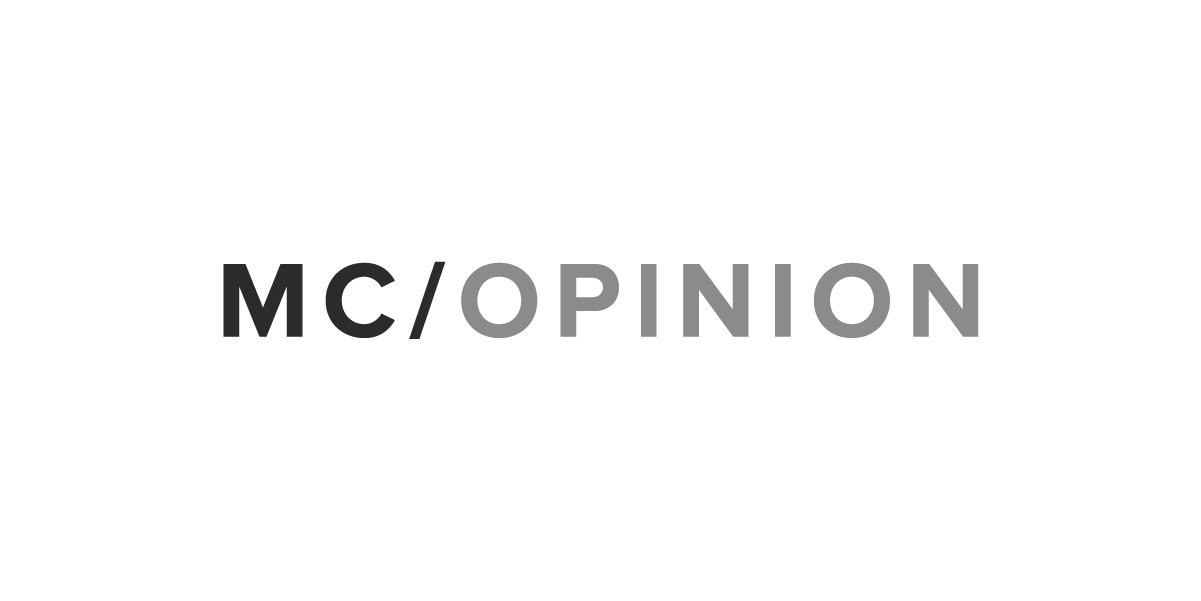Many people look forward to the newness of the New Year. January 1 is the day to start resolutions, reset goals, and make hopeful plans. It shouldn’t mean starting a new medicine, especially for patients who are stable and satisfied with the regimen they have. But that is exactly what the New Year ushers in for some men and women with diabetes.
Doctors like me know January for what it is: chaos. Phone lines ring, fax machines beep and email notifications pop up — all from patients who need our support to sort through the confusion brought on because their medicine will be substituted for another. But it wasn’t I, a doctor they know and trust, who told them to switch prescriptions. It was their health plan.
Insurance companies take the New Year as an opportunity to change their formulary based upon price negotiations with drug manufacturers. They may take a medicine off the approved drug list altogether, or simply change it to non-preferred status, creating an unmanageable co-pay from patients. As long as the insurance company covers one drug from each class, they have met their obligation. This is also true for supplies. To them, all meters, strips and syringes perform the same function so they opt to cover the cheapest version, benefiting their own bottom line.
With little or no warning, patients receive a letter from their health plan or an affiliated company that manages their pharmacy benefits. Some patients may miss the letter, others may not understand it. These patients often learn that their prescription is no longer covered when they go to pick up their refill at the pharmacy. Welcome to the New Year.
This phenomenon is called non-medical switching. It occurs any time a patient has to change medications for financial, rather than medical, reasons. Health plans may ignore the work it takes for patients to find and adapt to a drug regimen that works for them. But doctors and patients know that swapping one medicine or a pump for another isn’t without consequence.
Each January, the time doctors spend one-on-one with patients is reduced in exchange for more time trying to figure out which drugs are now covered and how patients’ new medications interact with the other prescription drugs they regularly take. For nurses and offices personnel, non-medical switching leads to hundreds of callbacks, endless emails and piles of paperwork. And every year when health plans change their formulary, the cycle repeats itself.
While non-medical switching is a nuisance for medical teams, the situation is even worse for patients. For some, the news that their insulin or related medication isn’t available to them anymore brings anxiety. Older patients in particular may feel overwhelmed, confused and frustrated to the point that they stop taking their medicine. Patients may lose control of their diabetes, which can be dangerous for their health and could require emergency care.
New beginnings can be good. But when it comes to treating diabetes, patients and their doctors want January to be just another month – checking insulin levels, taking medicine and business as usual.
Policymakers should take this into consideration as they set their own goals for 2018.
John Anderson is a practicing physician at The Frist Clinic in Nashville, Tennessee and a member of the Alliance for Patient Access.
Morning Consult welcomes op-ed submissions on policy, politics and business strategy in our coverage areas. Updated submission guidelines can be found here.
